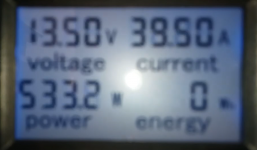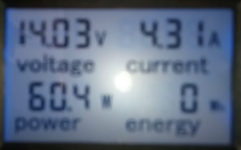KevinW
Full Member
- Messages
- 6
Hi
I have taken out an old 3 way electrical fridge from my 1991 Talbot took photos as I went along as it was part of a bigger refurb but come to put new fridge in where the new fridge has a black and a red wire to the 12v side, my old fridge had a blue/white stripe cable and a black cable any help would be appreciated as I need to finish the refurbished inn2 weeks for my holiday YES in the van .
.
Many thanks
Kevin
I have taken out an old 3 way electrical fridge from my 1991 Talbot took photos as I went along as it was part of a bigger refurb but come to put new fridge in where the new fridge has a black and a red wire to the 12v side, my old fridge had a blue/white stripe cable and a black cable any help would be appreciated as I need to finish the refurbished inn2 weeks for my holiday YES in the van
Many thanks
Kevin


